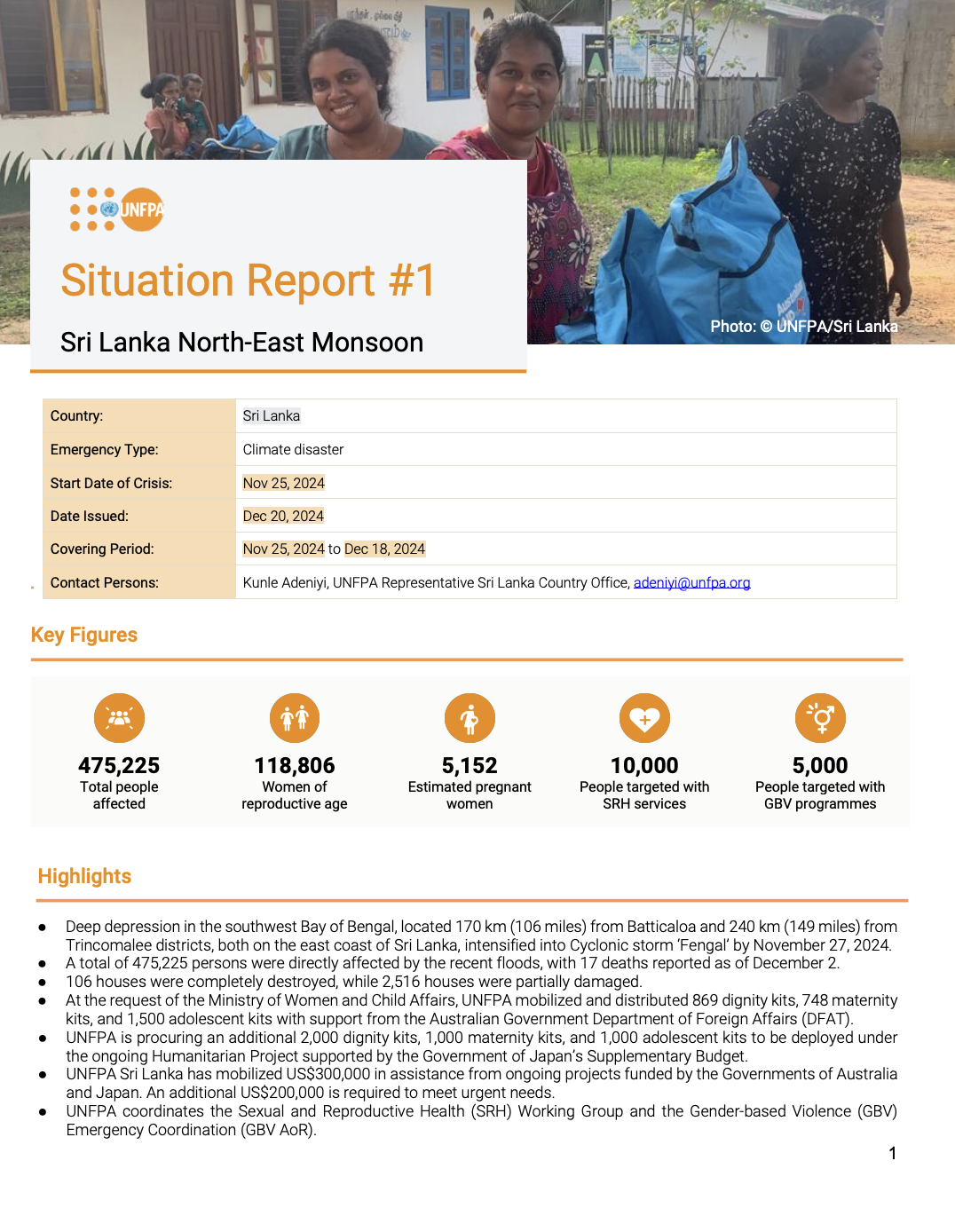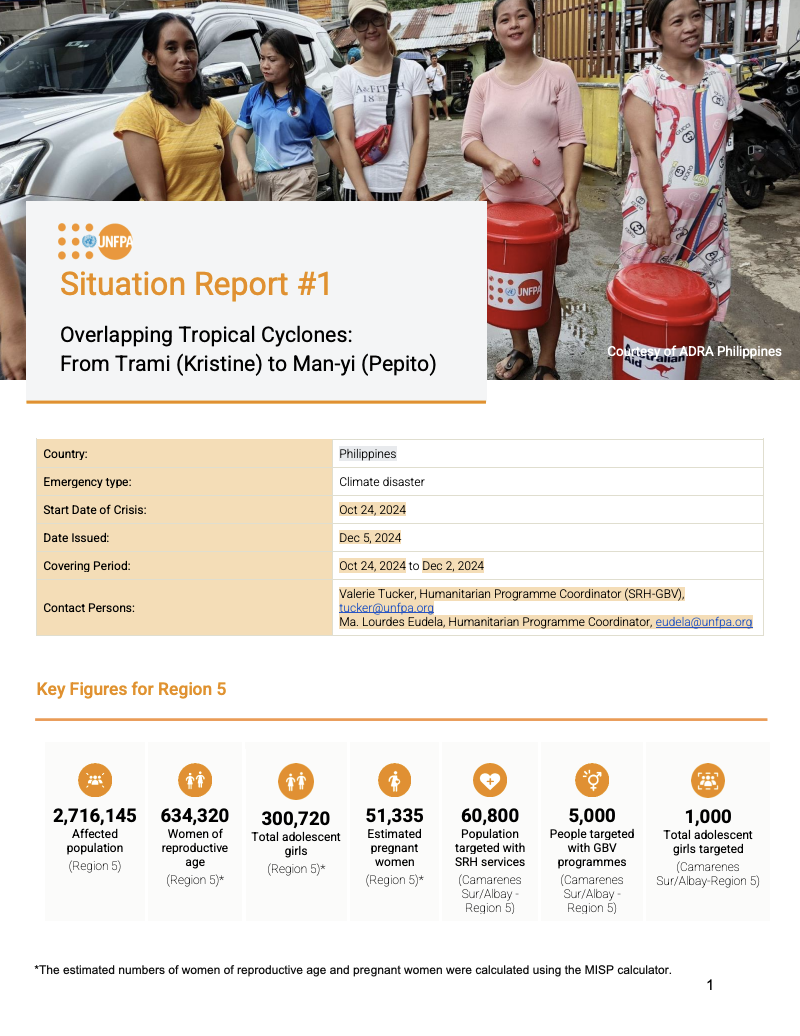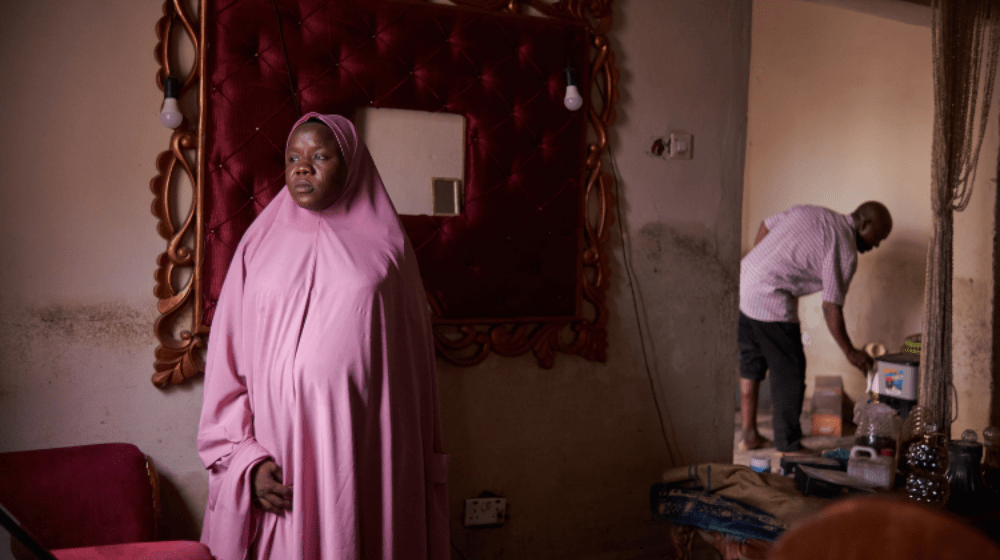News
Nepal floods put pregnant women and new mothers at risk
29 August 2017
Nepal is highly susceptible to natural hazards such as earthquakes and floods. Vulnerabilities are compounded by poverty; around a quarter of the population lives in extreme poverty, many in remote and hard-to-reach areas. Availability and quality of public services, including healthcare, is limited. UNFPA co-leads humanitarian preparedness and response in the areas of sexual and reproductive health and gender-based violence prevention and response, together with relevant Government ministries. UNFPA’s preparedness work focuses on enhancing coordination, strengthening capacities of service providers and other stakeholders, developing and updating disaster preparedness plans and guidelines, and prepositioning life-saving relief materials, including reproductive health and dignity kits. In response to disasters, UNFPA distributes these kits and provides SRH and GBV services and information to affected populations, particularly women and young people.
Emergencies related content
Humanitarian needs
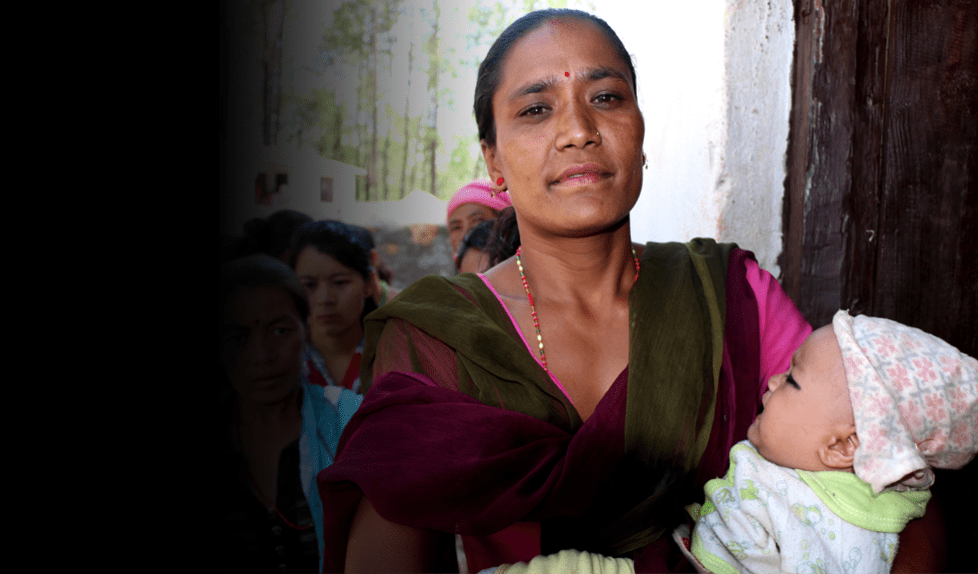
Last updated on - April 2021
- Results data are reported and updated as they become available.
- -Targets and UNFPA's populations of concern, including women of reproductive age and pregnant women, are estimated using the MISP calculator.
- -Funding estimates are based on country planning processes, including inter-agency humanitarian response plans and regional refugee and resilience plans.
News
On Valentine's Day, say #IDONT
10 February 2017
News
10 New Year’s resolutions to help change the world
14 December 2016
News
Around the world, activists call for an end to violence against women
25 November 2016
News
10 things you should know about women & the world’s humanitarian crises
23 May 2016
News
How the response to Nepal’s earthquake strengthened resources for the nation’s most vulnerable women
22 April 2016
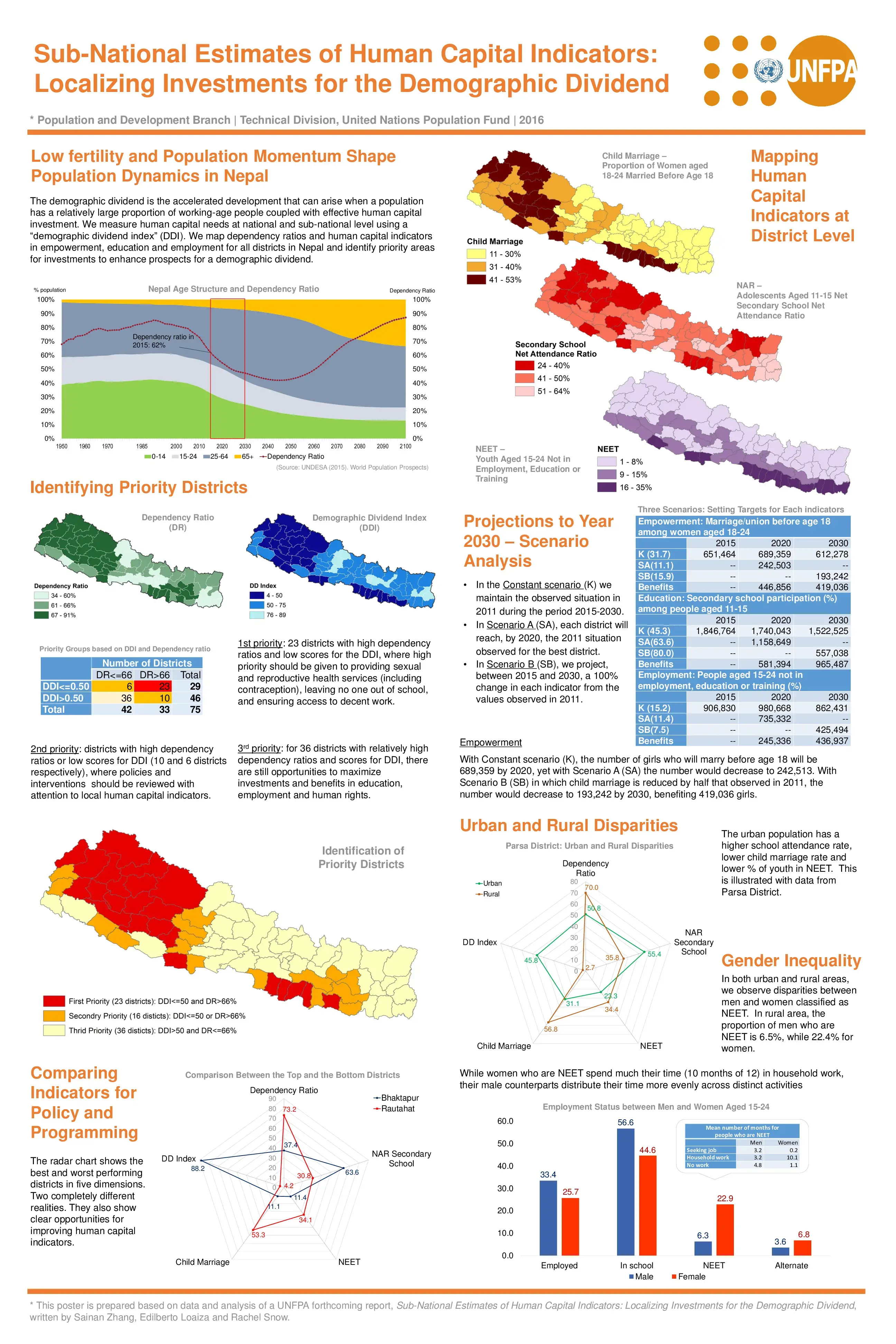
Publication date
Apr 2016
Author
UNFPA
Resources
Sub-National Estimates of Human Capital Indicators: Localizing Investments for the Demographic Dividend
The demographic dividend is the accelerated development that can arise when a population has a relatively large proportion of working-age people coupled with effective human capital investment. In this poster, we measure human capital needs in Nepal at national and sub-national level using a “demographic dividend index” (DDI). We also map dependency ratios and human capital indicators in empowerment, education and employment for all districts in Nepal and identify priority areas for investments to enhance prospects for a demographic dividend.
News
Transforming lives by improving access to fistula repair in Nepal
13 April 2016
News
Global leaders launch a new programme to support women in conflict zones
16 March 2016

